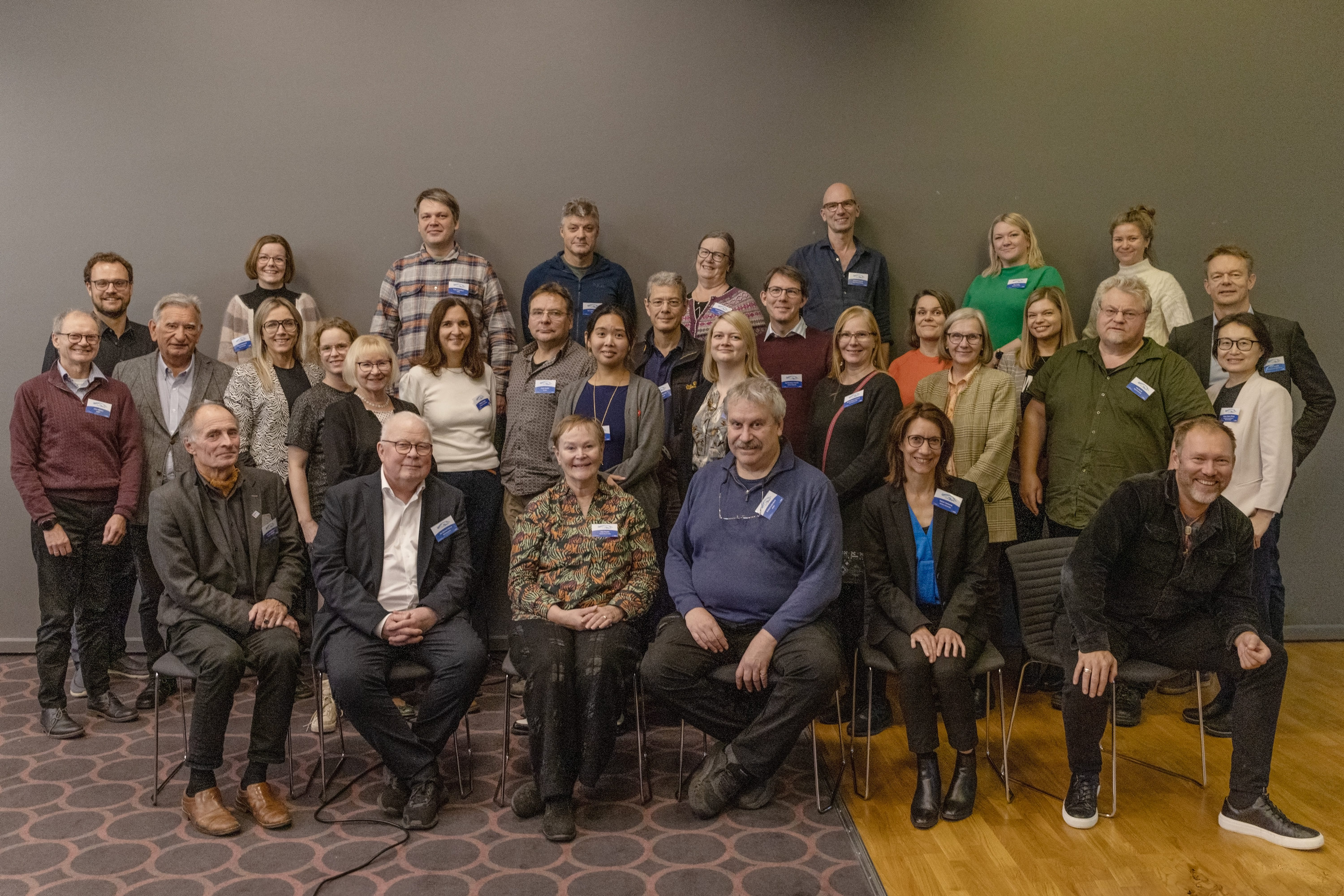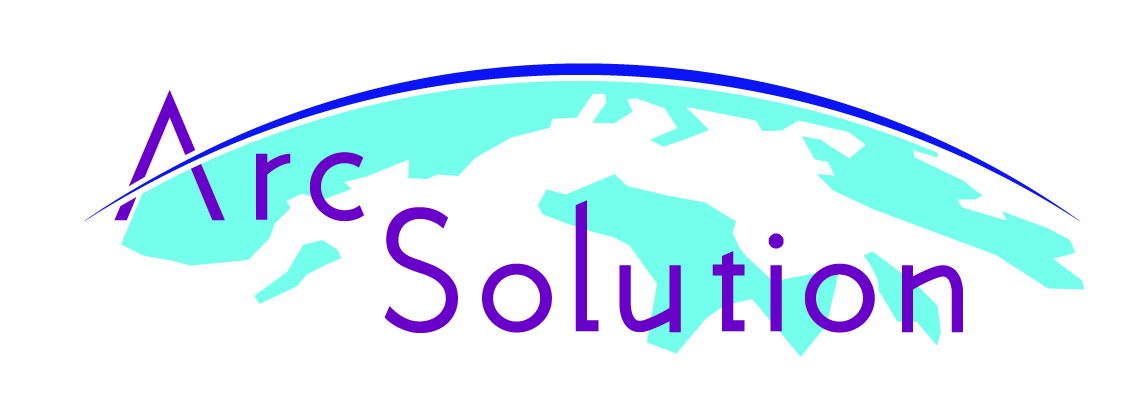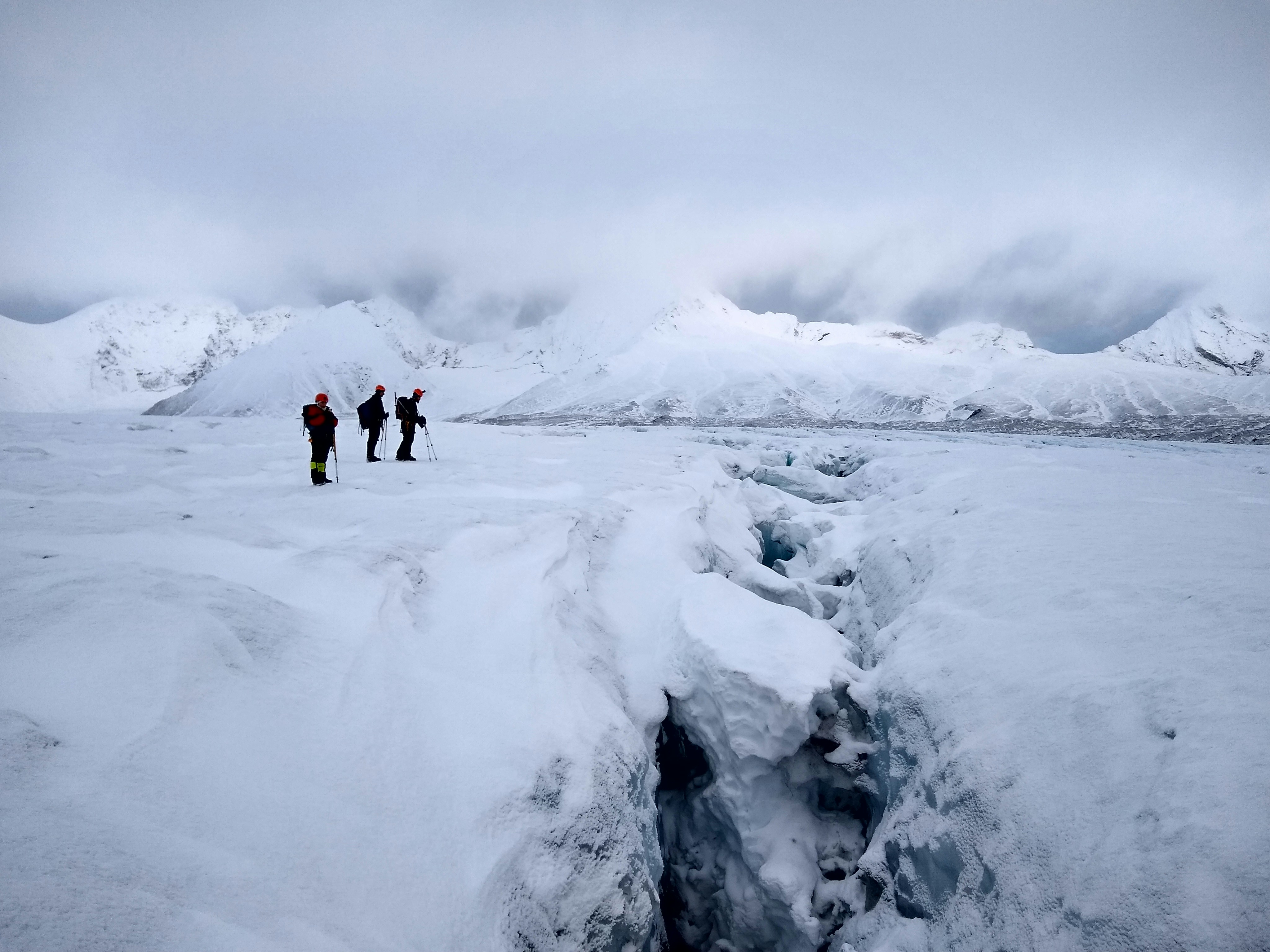The ArcSolution project started on August 1st, 2024, and just kicked off with a meeting in Bodø on October 23rd and 24th, 2024. This project, funded by the EU, aims to reduce pollution in the Arctic using a comprehensive approach that considers both environmental and human health.
The project will study pollutants like organic chemicals, heavy metals, microplastics, and pathogens in the changing Arctic. The goal is to create sustainable solutions that involve communities in protecting the environment and human health.
Pollution in the Arctic is a big problem. It harms the environment and the health of the people and animals there. As the ice melts, it releases harmful pollutants, and new pollutants are entering the area because of human activity. The result is severe problems for the plants and animals, the food supply, and the local communities. ArcSolution is working to solve these problems. The project uses the latest science and works with the people who live in the Arctic to find the best solutions.
The ArcSolution project brings together experts from top institutions in Norway, Finland, Denmark, Germany, Greenland, Switzerland, China, and Canada. Nord University in Norway leads the project, with Jon Øyvind Odland, a medical doctor, epidemiologist, and specialist in obstetrics and women’s health, as the scientific coordinator. He emphasises that ArcSolution focuses on real solutions for the people of the Arctic, not just reports for Brussels: “We are proud to lead this important project with a fantastic team from across ten countries. Our goal is to create solutions that benefit Arctic communities directly.”

Get to know all the project partners
From Science to Solutions: A Glimpse Into the Project
ArcSolution has several work packages (WPs) that tackle different aspects of Arctic pollution. All the work packages are interconnected and overseen by WP1, which focuses on management and administration. Jon Øyvind Odland, ArcSolution’s scientific project coordinator, expressed his enthusiasm about the project’s potential: “At Nord University, we are proud to lead this innovative work with a One Health perspective. We look forward to creating impactful, long-lasting solutions for the Arctic’s pressing pollution issues.”
WP2 serves as an overarching framework, setting the foundation for all other work packages within the project. This work package involves establishing a specialised One Health framework tailored for the Arctic, which will guide and integrate efforts across the project. This framework will combine scientific data with insights from local communities, Indigenous groups, and health practitioners. Additionally, WP2 will include citizen science initiatives to address data gaps and enhance community engagement.
In WP3, researchers will study pollutant sources, transport pathways, and their accumulation under climate change, focusing on human exposure. This WP will provide locally adapted pollutant lists and exposure models for each study location.
WP4 will investigate how pollutants affect the health of ecosystems, biodiversity, and humans. It will assess how pollutants move through food webs and explore the transfer of bacteria and viruses between wildlife and humans. The results will include data on toxicity, risk evaluations, and microbiome insights.
WP5 will concentrate on developing technologies that produce zero pollution and strategies for a circular bioeconomy, ensuring clean drinking water and food safety. This work package will provide tailored strategies for reducing pollution and ideas for future food supply in Arctic communities.
Finally, WP6 aims to involve the public, particularly young people, in pollution issues. Through citizen science projects and educational outreach, this work package will also inform policymakers and guarantee the sustainability of ArcSolution’s results. The outputs will include educational materials, policy briefs, and strategies to include One Health in academic programs.
A Participatory Approach
One of ArcSolution’s unique features is its participatory approach. Local schools, municipalities, and Indigenous communities will be directly involved through citizen science initiatives, allowing residents to contribute to pollution monitoring and mitigation efforts. These collaborations will ensure that the solutions developed are practical, culturally appropriate, and sustainable.
The research focuses on four locations in the Arctic, each with unique environmental, cultural, and social contexts. In Northern Norway (Tromsø), the project examines impacts on urban communities with mixed economies. Northern Finland (Inari) focuses on Sami communities involved in reindeer herding, with a primarily terrestrial ecosystem. East Greenland (Ittoqqortoormiit) involves a coastal Inuit community reliant on traditional marine diets. Finally, Svalbard (Longyearbyen) provides insights from a former mining town experiencing rapid environmental change. These locations offer a comprehensive view of Arctic challenges and opportunities.
Beyond scientific research, ArcSolution aims to influence policy at both the national and international levels. The project will produce policy briefs and recommendations that support pollution reduction and resilience in Arctic environments. These outputs will contribute to the EU’s Green Deal and other global environmental agreements, reinforcing the Arctic’s role as a critical region in the fight against climate change.
The ArcSolution project is an international effort to tackle pollution challenges in the Arctic using a comprehensive One Health approach. Through collaboration with leading institutions across nine countries, the project aims to develop sustainable technologies and strategies to protect Arctic ecosystems, wildlife, and human health. The focus is on integrating environmental, health, and social sciences with local knowledge to create resilience and adaptation strategies, enhance societal involvement, and improve environmental and human health through better monitoring and impactful regulations.

